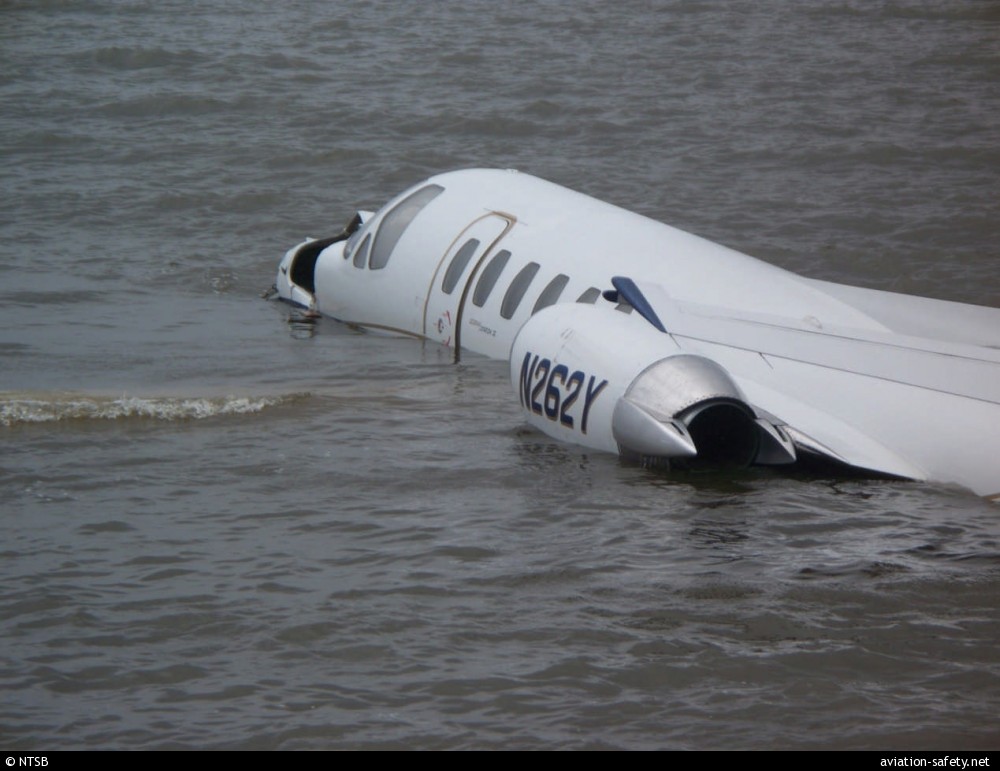So I just purchase a piper warrior - with a recent annual completed. Upon inspection with a borescope I found out that the bolts are rusted. Knowing that these are stressed structural supports. Id feel comfortable getting them replaced.
I got into aircrafts knowing the expense involved - but I was just quoted $12,000 per wing to get wingspars replaced. spending 12,000 on a wing on top of what I had planned for an avionics upgrade and engine overhaul puts me right at $84,000 - purchased the aircraft for 36k and I'm thinking what the **** did I get myself into.
If anyone out there has any advice on how to most efficiently rectify this - that would be awesome.
I got into aircrafts knowing the expense involved - but I was just quoted $12,000 per wing to get wingspars replaced. spending 12,000 on a wing on top of what I had planned for an avionics upgrade and engine overhaul puts me right at $84,000 - purchased the aircraft for 36k and I'm thinking what the **** did I get myself into.
If anyone out there has any advice on how to most efficiently rectify this - that would be awesome.




